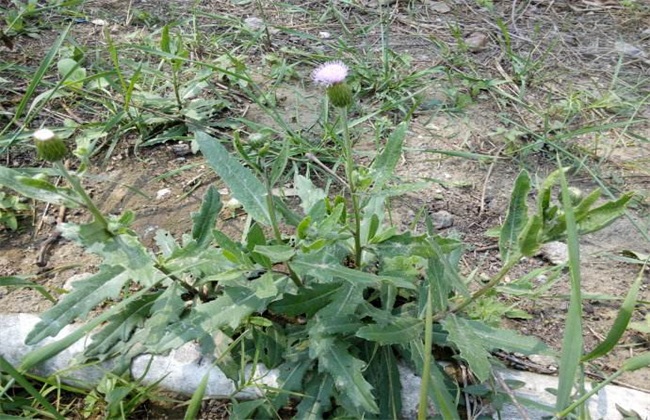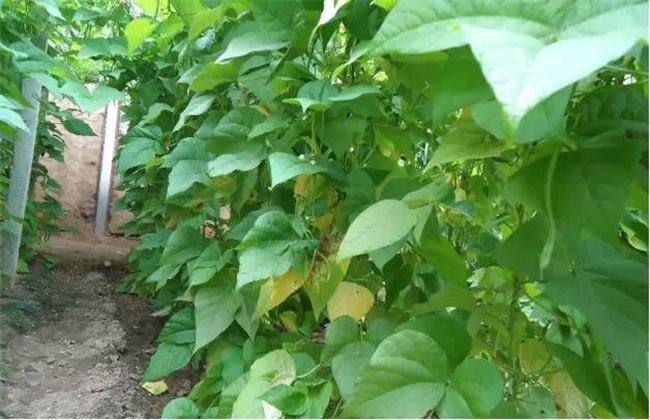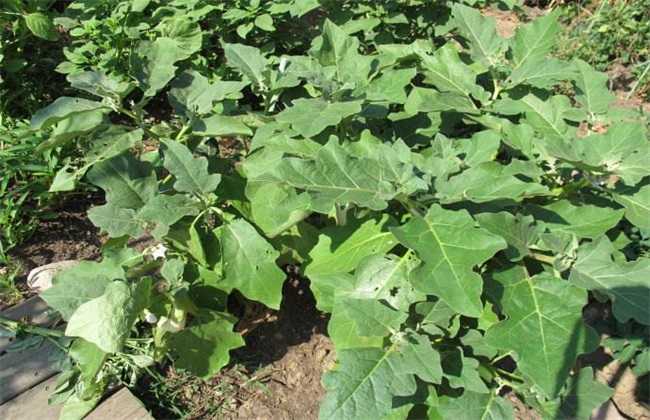The growing environment of Rabdosia spinosa
Thorn herb is called small thistle, is a good taste of wild vegetables, creeping growth, growth height of about 30 centimeters. Is a perennial herb, the stem is a diamond-shaped goose, young stems clustered with white fluff. With the exception of Xizang, Yunnan and Guangdong, they all grow. So it is very adaptable. Now let's take a look at what kind of environment it grows in.

1. Environment
It grows in plains, valleys, hills, mountains, fields, roadsides, wasteland, and cultivated fields, and is distributed in many countries, such as Japan, South Korea, Europe, Russia, and even West Siberia.
2. Temperature
The most suitable temperature for growth is about 15 degrees, not too low, not too high, the lowest temperature is not more than 5 degrees, the highest temperature is not more than 30 degrees, more than 25 degrees slow down. Warm areas can sprout early, such as Shanghai, which starts to sprout in February, grows rapidly in March, blossoms in May, and dies on the ground, but grows again in August. It can grow two seasons a year.
3. Lighting
Castanopsis thunbergii is not strict in light requirements, mainly in the flowering and fruiting period need sufficient light to promote flower bud differentiation, maintain growth, ensure the seed, conducive to reproduction. Growth is more shady, can also grow in low light, but with sunlight, will grow faster, but do not bright light direct, the temperature will rise, affecting growth.
4. Humidity
Common thorns grow in ordinary soil, the general soil moisture is not very high, about 40% to 50%, the flowering period needs a dry soil environment, other times the soil moisture is much higher, can maintain 65% humidity after artificial cultivation. Don't accumulate water and drain after the rain.
5. Soil
It is better to plant on the slope, without stagnant water, and the wettability is not very high, and ordinary fields are fine, but it is best not to plant them in the paddy field pattern, which is surrounded by ditches for transporting water sources and is located in a very low azimuth. It is easy to flood in summer. The slightly dry cornfield is very suitable for the growth of Brassica campestris.
Castanopsis thunbergii is a delicious, therapeutic wild vegetable, artificial cultivation, it is necessary to understand its wild environment, more observation of its growth habits, according to these to provide a better growing environment, can be high-yield and high-yield.
Related
- Where is it suitable to grow horseradish in China? it is expected to see the middle altitude horseradish in Alishan.
- How to prevent tomato virus disease reasonably? (Control methods included)
- Many people like to plant towel gourd on the balcony. What are the main points of this method and management?
- What crops can chili peppers be mixed with?
- Fertilization techniques and matters needing attention in Tomato
- What are the grafting techniques for peach seedlings in spring?
- Harm and control methods of root swelling disease of Chinese cabbage
- What are the pests of sweet potatoes? How to prevent and cure it?
- Symptoms, causes and Control methods of navel Rot in Tomato
- The cause of "Cucumber rotten bibcock" in Farmers' planting Cucumber and its Control Plan



